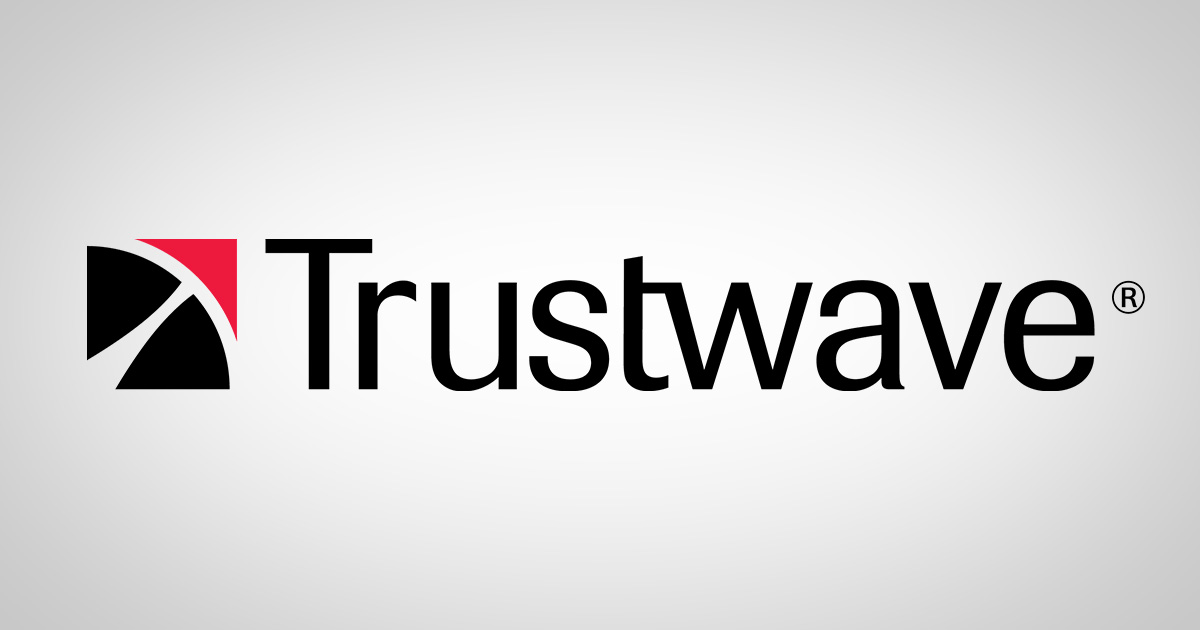Roughly one year removed from the prolific and potent WannaCry and NotPetya attacks, awareness to ransomware threats is naturally growing - but organizations appear to be struggling more than ever in curbing these damaging incidents.
Part of the reason is because attackers are so dedicated on performing these attacks that they would prefer to pass up on stealing sensitive information in favor of encrypting systems and data and then demanding payment from their victims.
Ransomware can be lower risk and easier to pull off than traditional data theft (not to mention exceedingly profitable). Unsurprisingly, Trustwave incident responders have seen a rise in ransomware attacks against businesses, with adversaries sometimes purposely passing over data that they would have previously targeted.
In fact, we investigated incidents in which attackers gained root- or administrative-level access to a company's network - the holy grail for data thieves - but only used the access to install ransomware, even though there were prized assets available for the taking.
Why go the vault when you can just rob the front counter and still make a nice score?
Consider this anecdote from the 2018 Trustwave Global Security Report:
"In one case last year, an attacker gained remote access to the targeted client environment by exploiting a default administrator account for specialist software. Although the compromised account had minimal privileges, a weak password allowed the attacker to gain control of a local administrator account. Unfortunately, the same account and password was on every workstation within the environment, and event logs showed the attacker accessing multiple systems using the account. Surprisingly, although the attacker had access to all data in the environment, including sensitive financial and customer information, all they did was install ransomware."
Ransomware attacks not only cost money if victims pay up the ransom, but also can have extreme financial consequences for recovery and clean-up. These assaults aren't necessarily easy to guard against, but there are steps you can take to mitigate the risk, including:
- Perform inventories and regular backups of important data using (physically or logically) isolated media. Remember, accessible network shares can be infected as well.
- Apply security patches on regular basis (for your operating systems and browsers and for third-party software and plug-ins like Java, Adobe Flash and Reader, and Microsoft Office).
- Run endpoint protection and anti-virus, with the latest signatures, in all environments.
- Browse the web using a secure web gateway. (SWGs should work with IP/domain blacklists and additional web inspection controls).
- Send and receive email using a secure email gateway.
- Practice the principle of least privilege. Do not allow regular users to have administrator privileges in their systems whenever possible.
- Offer security awareness education for employees. Even though incidents like WannaCry arrived through exposed SMB ports and didn't involve user interaction, many ransomware attacks start with a successful phish.
- Have technology and a plan to identify and deal with a successful attack. This includes detection and response. The sooner you can identify a ransomware event is underway, the sooner you can begin the all-important incident response process.
